
-
Find the right food for your petTake this quiz to see which food may be the best for your furry friend.Find the right food for your petTake this quiz to see which food may be the best for your furry friend.Featured products
 Adult Small & Mini Lamb Meal & Brown Rice Recipe Dog Food
Adult Small & Mini Lamb Meal & Brown Rice Recipe Dog FoodFor the faster metabolism of Small & Mini dogs
Shop Now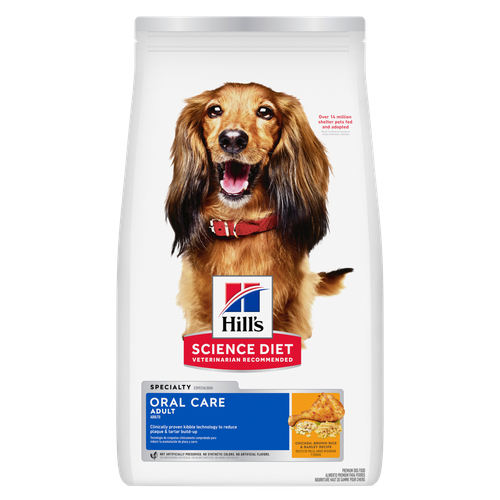 Hill's Science Diet Adult Oral Care Chicken, Brown Rice & Barley Recipe Dog Food
Hill's Science Diet Adult Oral Care Chicken, Brown Rice & Barley Recipe Dog FoodClinically proven kibble technology to reduce plaque & tartar build-up
Shop Now Adult 7+ Small & Mini Chicken & Brown Rice Recipe Dog Food
Adult 7+ Small & Mini Chicken & Brown Rice Recipe Dog FoodFor the unique nutritional needs of mature Small & Mini dogs
Shop NowFeatured products Adult Urinary Hairball Control Chicken & Rice Recipe Cat Food
Adult Urinary Hairball Control Chicken & Rice Recipe Cat FoodActively supports the health of the whole urinary system
Shop Now Hill's Science Diet Adult Sensitive Stomach & Skin Dog Food
Hill's Science Diet Adult Sensitive Stomach & Skin Dog FoodHighly digestible recipe, gentle on stomachs. Nourishes skin & promotes a lustrous coat
Shop Now Adult Indoor Chicken Recipe Cat Food
Adult Indoor Chicken Recipe Cat FoodSupports energy level and beautiful fur in indoor cats
Shop Now -
Featured articles
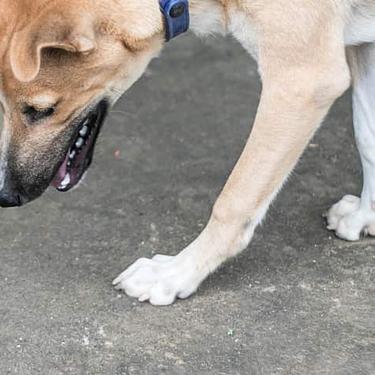 My Pet Ate a Lizard — What Should I Do?
My Pet Ate a Lizard — What Should I Do?Learn what to do if your pet eats a lizard, including whether they can be toxic and symptoms to keep an eye on when they've swallowed one.
Read More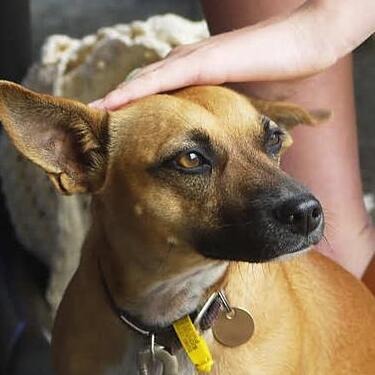 15 Pet-Friendly Cities Ideal for a US Road Trip
15 Pet-Friendly Cities Ideal for a US Road TripCheck out our list of pet-friendly U.S. cities that are excellent travel options, offering off-leash dog parks and pet-friendly restaurants & hotels.
Read More Easy DIY Dog & Cat Toys: Nine of Our Favorites
Easy DIY Dog & Cat Toys: Nine of Our FavoritesBrowse this comprehensive guide for several of our favorite DIY dog and cat toys that are sure to put a little pep in your pet's step.
Read More -


Crate training is necessary for safety, damage prevention, housetraining and travelling. When you can't keep your puppy with you, he should be confined to a safe area, such as a dog crate. The crate should be big enough for your puppy to comfortably stand up and turn around when he reaches adult size.
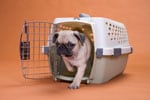
A good way to introduce your puppy to the crate is by playing a game that teaches him to go into the crate on command. At mealtime, grab a handful of his favorite Hill's puppy food and take your puppy to the crate area. With a bit of encouragement, toss a kibble into the crate. As your puppy runs in after the food, say "Go to your crate." Once your puppy has eaten the prize, he will run out to play again.
Repeat the exercise 15 to 20 more times per session. Gradually move farther from the crate before you toss the food. Eventually, you should be able to say "Go to your crate" as you sweep your hand toward the empty crate and your puppy will enter on command.
If possible, keep the crate in an area where the family spends a lot of time so your puppy has the opportunity to occasionally enter on his own. You can encourage exploration and time in the crate by placing Hill's® puppy treats or toys in the crate for your puppy to find.


Tasty Tips
You must be careful not to overdo crate confinement. Your puppy can be kept in his crate all night for sleeping and up to four hours during the day, but if you are away from home for a longer period, you will need to provide more room until your puppy can control his bowels or bladder.
For longer confinement periods, you can use a small, puppy-proofed room or an exercise pen with papers spread on the floor during the day, and then use the crate at night when your puppy sleeps. A crate is just too small an area to keep your puppy in all day and all night, too. If you are frequently gone all day, having a friend, family member or dog walker come to let your puppy outside to use the bathroom during the day can be very helpful.
If your puppy cries or barks while confined, try to ignore him. Releasing your puppy or giving him any type of attention will reinforce the behavior.
You need to make your puppy stop barking before you let him out of the confinement area. You can try blowing on a whistle or making an unusual noise. This will cause your puppy to be quiet as he tries to decipher the sound. You can then quickly go into the room and release your puppy while he is quiet.
Most importantly, the confinement area should be a safe haven for your puppy, so never scold or handle your puppy roughly as you put him inside.


One of our staff authors prepared this article for you
Related products

Clinically proven kibble technology to reduce plaque & tartar build-up

For the unique nutritional needs of mature Small & Mini dogs

Improves everyday ability to get up & go

For the faster metabolism of Small & Mini dogs
Related articles
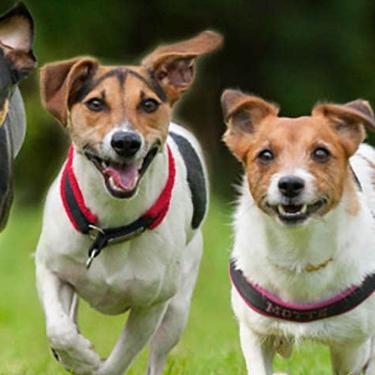
Understand the role that Omega-6 and Omega-3 fatty acids play in your dog's overall health, and how you can ensure they are getting enough.
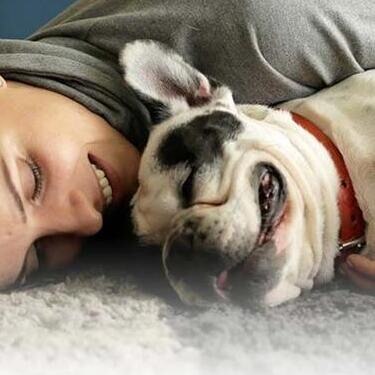
Your dog's coat and skin are a big part of your dog's overall health. Ensure you keep your dog's coat healthy, by following these simple tips.

Learn basic steps & precautions for treating a cut on your dog, including what you can put on the cut, and when you should take them to the vet.

Discover how the field of dog science is giving us more and more insights into the inner workings of our furry best friends.
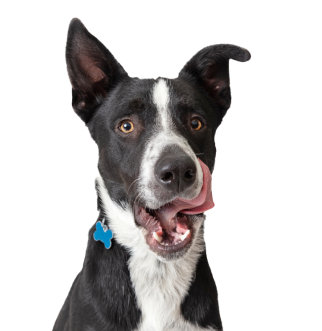
Put your dog on a diet without them knowing
Our low calorie formula helps you control your dog's weight. It's packed with high-quality protein for building lean muscles, and made with purposeful ingredients for a flavorful, nutritious meal. Clinically proven antioxidants, Vitamin C+E, help promote a healthy immune system.
Put your dog on a diet without them knowing
Our low calorie formula helps you control your dog's weight. It's packed with high-quality protein for building lean muscles, and made with purposeful ingredients for a flavorful, nutritious meal. Clinically proven antioxidants, Vitamin C+E, help promote a healthy immune system.

